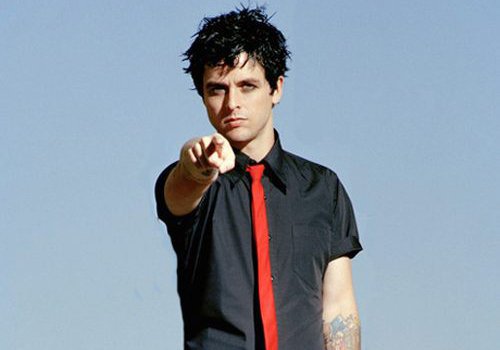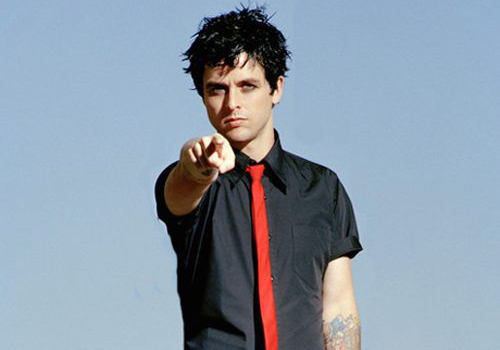Where are all the bisexual men?

Writer Jemal Polson speaks to bisexual men to find out: Why are there so few bi guys out there?
Bisexuality – specifically in men – is still largely untouched territory when it comes to discussing the LGBT community. According to a 2013 study, it is estimated that 0.3% of men in the UK identify as bisexual.
It’s a miniscule percentage, which could be adding to the confusion and scepticism about bisexuality both out and within the LGBT community. How many times have you heard people say “they don’t really exist!” or that bisexual men are “just being greedy” – and this, from both heterosexual and homosexual men and women.

“I think it’s just easier sometimes for people to think in definite terms. Bisexuality is vague by nature because it can mean different things to each person,” says Ben, a 29-year-old set designer from Cardiff. Realising that he was attracted to the same sex at “13 or 14”, Ben initially identified as gay. However, he shortly realised thereafter that he was also attracted to women.
Now engaged to a woman he’s been with for seven years, Ben believes that “saying you’re gay or straight comes with a certain closure, but to say you are bi raises more questions than answers”.
One of the most common questions tends to be; what does it actually mean to be bisexual?
The dictionary definition of bisexuality is that of a person being “romantically or sexually attracted to both sexes”. It has nothing to do with who you’re in a relationship with, or who you’ve slept with, or whether you’re attracted to one sex more than the other.
Jack, a 21-year-old insurance claims handler from South London, says he has always felt comfortable with his sexuality. Coming out as bisexual to his close friends at the age of 15, his parents found out soon after. “I just told everyone casually,” he says. “My mum asked me if I wanted to discuss it any further and I just said “’No’ and that was that. I just went back to doing my homework”.
Jack’s coming out has certainly been less turbulent than that of Ben. “I’m not out to my family mainly because they have never been open talking about anything to do with sex. If they asked now I wouldn’t mind them knowing, although I don’t think they would understand it,” he says.
While Ben says his fiancé has played a huge part in helping him understand his sexuality, he thinks that being bisexual has had a knock-on effect in his everyday life.
“Indirectly I do think my sexuality has affected my confidence levels and given me a fundamental feeling of not really fitting in. It might be why I’m happier being self-employed and playing by my own rules”.
Also in a long-term relationship with a woman, Jack says that, so far, he hasn’t been able to explore his same-sex attraction.
“Because of where I was living and going to school, there was no way to see if someone was bi, gay or even curious about that sort of thing. The consensus from those around me was ‘You can’t be that way, because you’ll be shunned or attacked’”.
That homophobia – or biphobia, if you will – may be a key reason why so few men are willing to experiment with the same sex, let alone class themselves as bisexual.
“It’s more acceptable with girls, because a lot of men like the idea of bisexual women, because of threesomes and that kind of thing,” says Jack.
“When you’re growing up as a boy you’re told to ‘be manly’…any kind of femininity that comes out of a man is shut down straight away in a lot of cases”.
Drew Barrymore, Megan Fox, Anna Paquin and most recently Miley Cyrus are among the high-profile women who’ve come out as bisexual. In addition to that, Amber Heard, Michelle Rodriguez, Mel B and a host of others have alluded to past same-sex relationships. That list for men is nowhere near as extensive. We have Clive Davis, Alan Cumming Green Day’s Billie Joe Armstrong (pictured, below) and a few others who have explicitly come out as bi – but that’s more or less it.

The common assumption is that being a bisexual woman increases your sex appeal, while in men it can do the exact opposite; especially when it comes to being in the public eye. Women can often explore their sexuality without being labelled as bisexual or gay, whereas men rarely have that same option. When prominent male stars allude to dalliances with the same sex – think Tom Hardy and Harry Styles – the comments are widely sensationalised.
Whilst Hardy’s answer left no room for ambiguity (stating “As a boy, of course I have [been with men] – I’m an actor for fuck’s sake” to The Daily Mail in 2010), Styles’ was a bit more complicated. Retorting that gender “is not that important” when looking for a partner, Harry and bandmate Liam Payne then made awkward, silent, eye contact with someone off camera – who we can only assume is a publicist tearing their hair out, envisioning the reaction from their young female fanbase.
So are there a lot more bisexual men out there than statistics would have us believe?
Well put it this way. For me, interviewing bisexual men for this article posed quite the issue. On my hunt to find willing candidates, very few were okay with being identified publically as such, as they weren’t out to anyone. “There’s no big incentive for an individual to come out as bi, unless you’re in a same-sex relationship,” Ben says. So in other words, these men, and many more like them, may not see the point in coming out until they deem it absolutely necessary.
There are huge movements being made with the L, G & T communities, but the B seems to be trailing behind. Could this be down to its small numbers? Its lack of “visibility”? We all know that just because you can’t see something, doesn’t mean it’s not there. In order to progress, it really needs to be spoken about – openly. Even if you’ll have to have a slightly awkward chat with your publicist afterwards.
